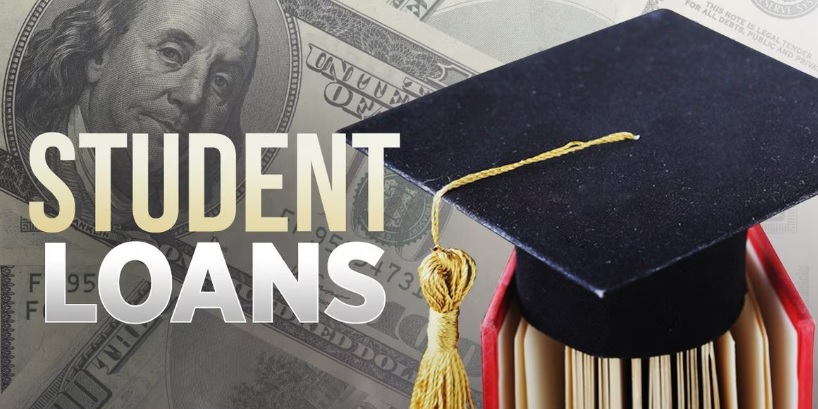September 8, 2023 – A three-year pause on student loan payments and interest accrual initiated at the start of the pandemic is coming to an end Oct. 1, leaving nearly 4 million Texans scrambling to figure out how to factor the debt payments back into their budgets.
Former president Donald Trump first suspended payments in March 2020 to provide pandemic relief through the CARES Act, and that suspension was then extended through the end of the year and carried on by President Joe Biden.
But the final extension expired Sept. 1, with student loan interest once again accruing at regular rates after sitting at 0% for three years. Student loan payments will be due in October at varying dates, and borrowers will get a bill at least 21 days before their first payment is due.
Here’s what borrowers need to know as those deadlines approach.
Accruing Interest
How much you pay in interest depends on what type of loan you have and when your loan was issued, according to the U.S. Department of Education.
The interest rate on student loan payments is 5.5% for subsidized and unsubsidized loans first issued after July 1, the highest it’s been since the 2008 recession. In comparison, the interest rate was 4.53% for loans issued to undergraduate borrowers from July 2019 to June 2020.
Making payments
The government offers a variety of plans for repaying your student loans, including income-driven repayment plans if your debt is relatively high compared to your income.
The Saving on a Valuable Education or SAVE plan is the newest option offered to borrowers, previously known as the Revised Pay As You Earn or REPAYE plan. It promises savings on student loan payments for lower-income borrowers compared to other plans, and unpaid interest doesn’t accrue if a borrower makes a full monthly payment.
How to Avoid Problems
Most of the consequences for failing to pay back student loans on time remain the same: Your loan becomes delinquent the first day after a missed due date on a payment.

You can avoid delinquency by getting short-term relief in the form of forbearance, which temporarily suspends your payments. But enough time in delinquency runs the risk of damaging your credit score, and you could eventually default and be forced to pay all your unpaid debt immediately.
A new temporary “on-ramp” for repayment allows borrowers who miss payments from Oct. 1, 2023 to Sept. 30, 2024 to avoid being considered delinquent or placed in default.
The Federal Student Aid Website has more information for student loan borrowers including the new SAVE repayment plan.





